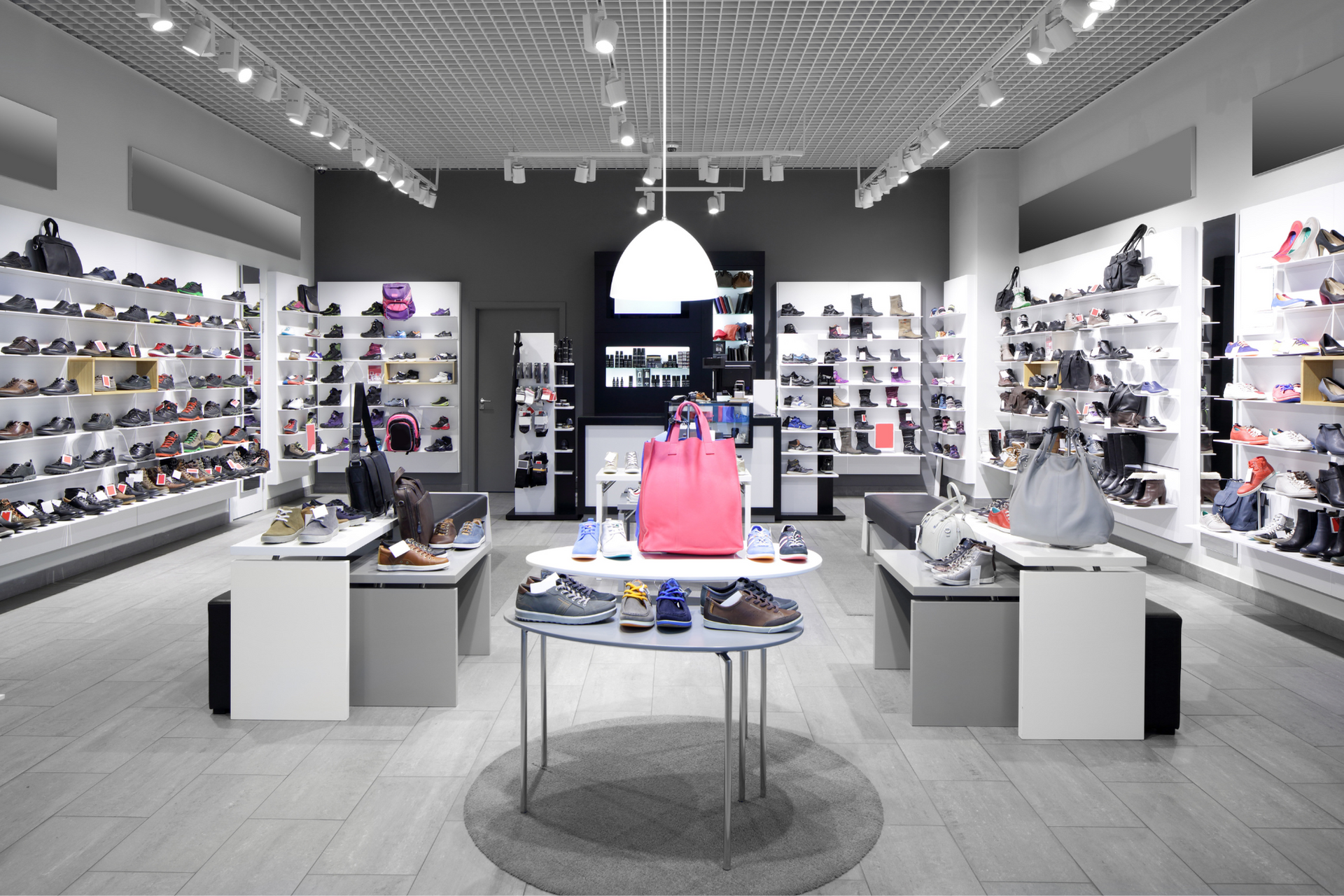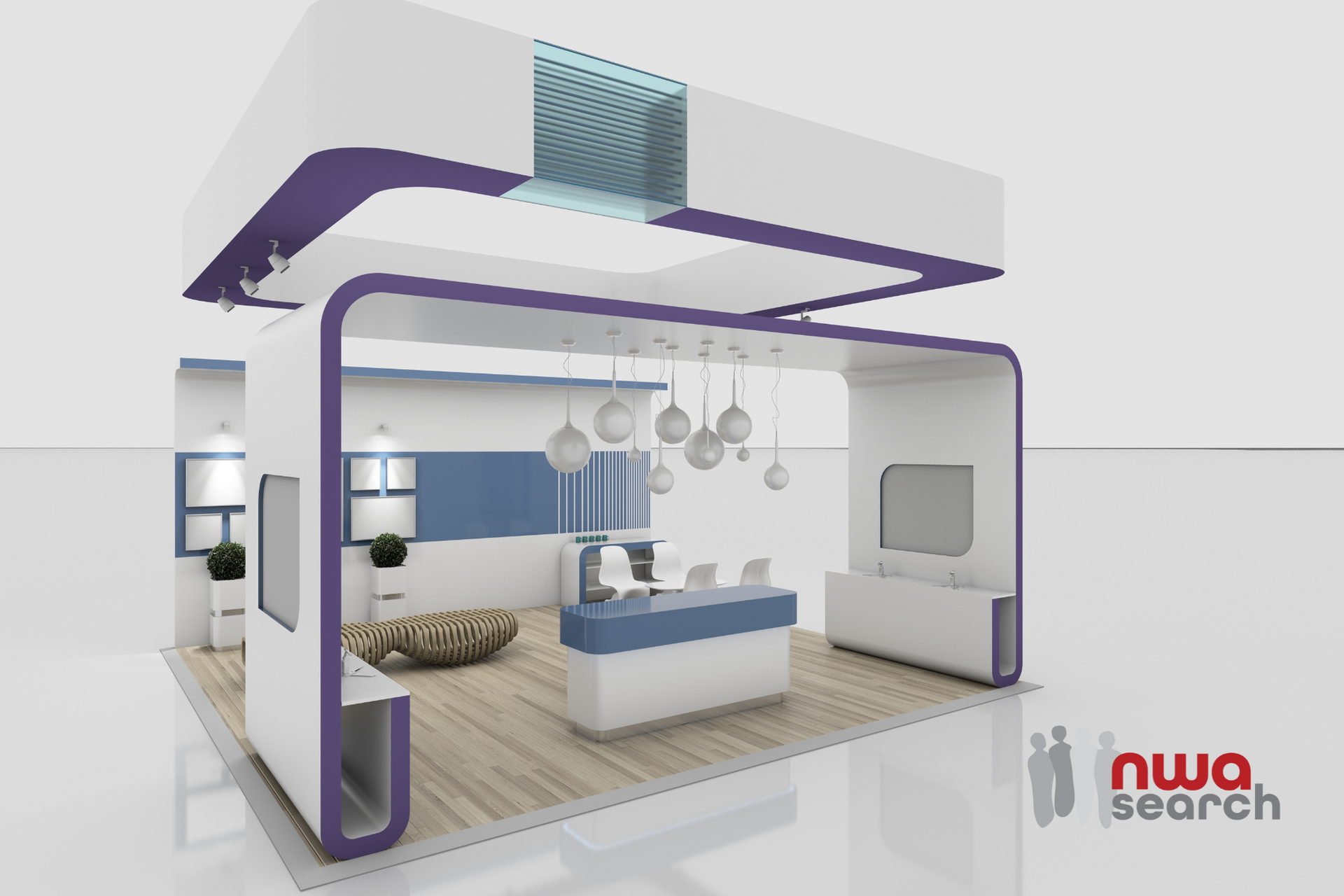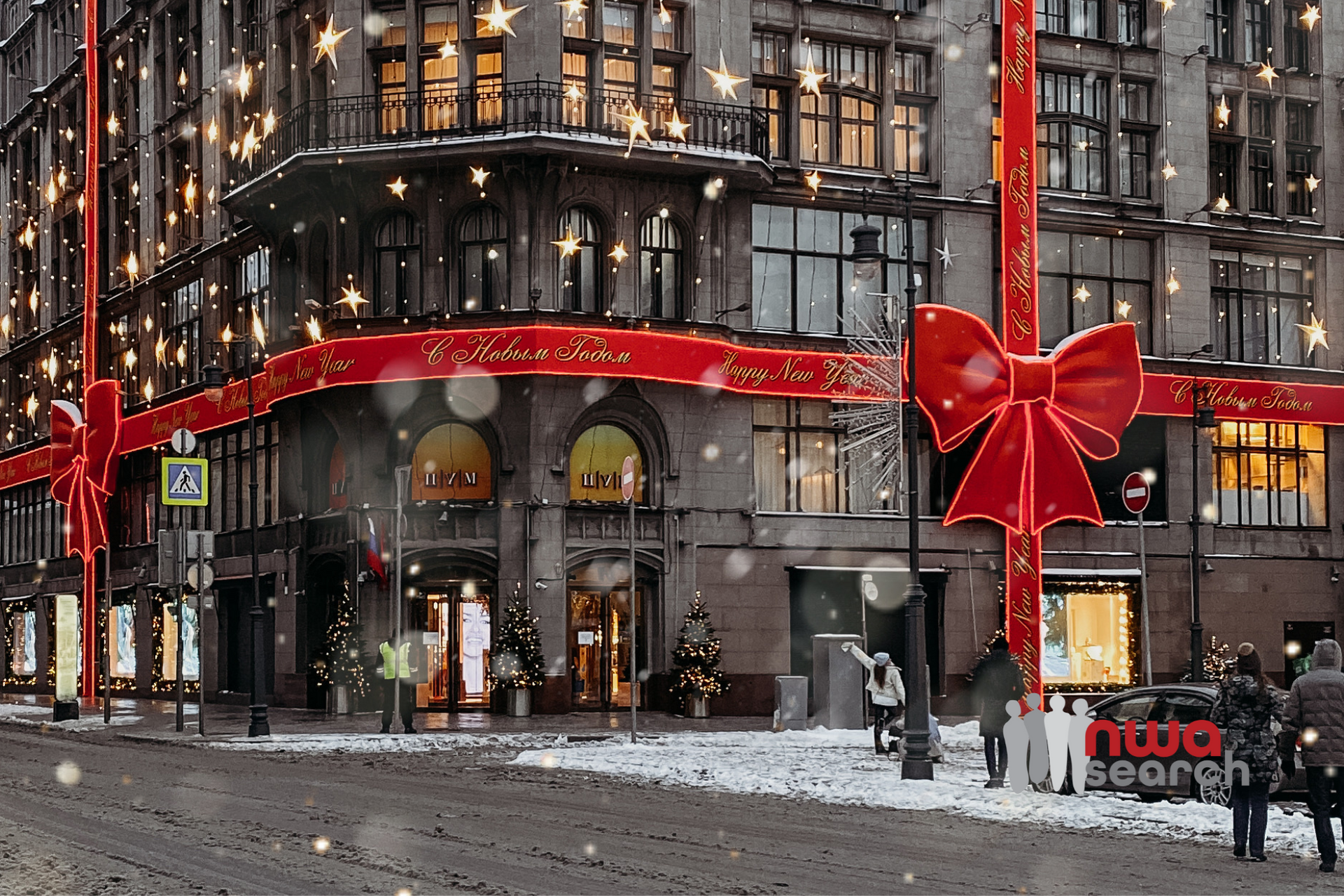Retail Shopping: Why It's Due a Comeback and How It Can Be Designed to Thrive
Retail Shopping: Why it's due a comeback and
How It Can Be Designed to Thrive
By NWA Search

Retail shopping is poised for a revival, and it’s about time. We’ve become accustomed to the ease of online shopping, where the click of a button brings our purchases to our doorsteps.
Yet, despite the convenience, something essential has been lost in translation. The vibrant, sensory experience of shopping in a physical store has an irreplaceable charm. Here’s why innovative retail design and creating an immersive physical shopping experience is crucial in breathing life back into our high streets.
The Convenience Conundrum
In recent years, online shopping has surged. We’ve sidestepped the hustle and bustle of busy high streets, skipped the small talk with shop assistants, and forgotten the excitement of returning home with shopping bags in tow. Instead, we find ourselves browsing from the comfort of our sofas, awaiting deliveries that arrive days later. While this frictionless shopping experience is convenient, it lacks the engagement and joy of a traditional shopping trip.
The Ghosts of Retail Past
London’s once-iconic retail landmarks, like the Big Topshop at Oxford Circus and the 130-year-old Fenwick on New Bond Street, now stand as ghosts of their former selves. These closures signify a broader trend affecting high streets across the UK. Despite the proliferation of online shopping, we continue to buy, often more than ever before. The mantra “buy less, buy better” remains more aspirational than practical for many.
Returns have become a significant issue, exacerbated by the impersonal nature of online shopping. Consumers, often deceived by flattering online images and poor-quality fabrics, find themselves sending back items in droves. This surge in returns contributes to environmental waste, with many returned items never resold but ending up in landfills. Furthermore, the retail workforce has been displaced to warehouses, resulting in lower pay and poorer working conditions.
Reviving the High Street
Amidst this bleak landscape, a renaissance for physical shops is not only possible but necessary. Physical stores have always excelled when they offer more than just products. The best shopping experiences are about community, engagement, and fun.
Thoughtfully designed spaces can attract foot traffic, create memorable shopping experiences, and foster a sense of community. For instance, modern retail spaces are increasingly incorporating elements like open, welcoming layouts, aesthetically pleasing interiors, and interactive displays that engage customers in ways online shopping simply cannot match.
One clear example of this is the trend towards creating multi-functional spaces that blend retail with leisure and social activities. By integrating cafés, event spaces, and areas for social interaction, retailers are making their stores destinations in their own right. This approach not only increases dwell time but also enhances customer loyalty and satisfaction (Local Government Association).
Several examples illustrate how effective retail design and community-focused strategies can revive high streets. Albaray, an independent fashion brand, successfully transitioned from online to physical retail by opening a store in Chichester. This move was based on careful analysis of online customer data and a strategic choice of location, leading to positive community feedback and increased local engagement
Another example is the revitalisation efforts seen in areas where local governments and businesses collaborate to create pedestrian-friendly environments and support independent retailers. These efforts not only improve the aesthetic appeal of high streets but also make them more accessible and enjoyable for a broader audience (Local Government Association).
As we look to the future, let’s embrace the potential for retail shopping to make a comeback. Let’s design spaces that invite, excite, and engage. Because, in the end, there are some things you simply can’t buy online. And with that, it’s time to put on your coat and head to the shops. The high street is waiting.










